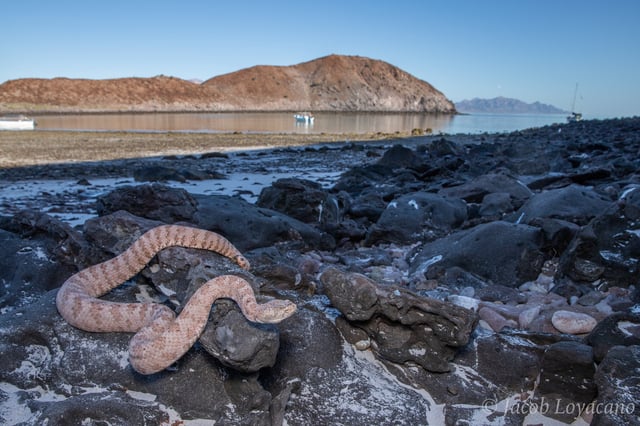Overview
- Researchers collected venom from 83 rattlesnakes across 11 uninhabited Gulf of California islands to study evolutionary adaptations.
- The study found that on larger, more competitive islands, rattlesnakes evolved simpler venoms specialized for specific prey, contrary to traditional theories of venom complexity increasing with biodiversity.
- The Baja California islands, largely untouched by human activity, provided a pristine natural laboratory for studying evolutionary processes in isolation.
- The findings highlight how habitat fragmentation and ecological pressures influence molecular traits, with implications for conservation and biodiversity management.
- Researchers are now testing the efficacy of existing Mexican antivenoms against these unique venoms to ensure effective medical countermeasures.
